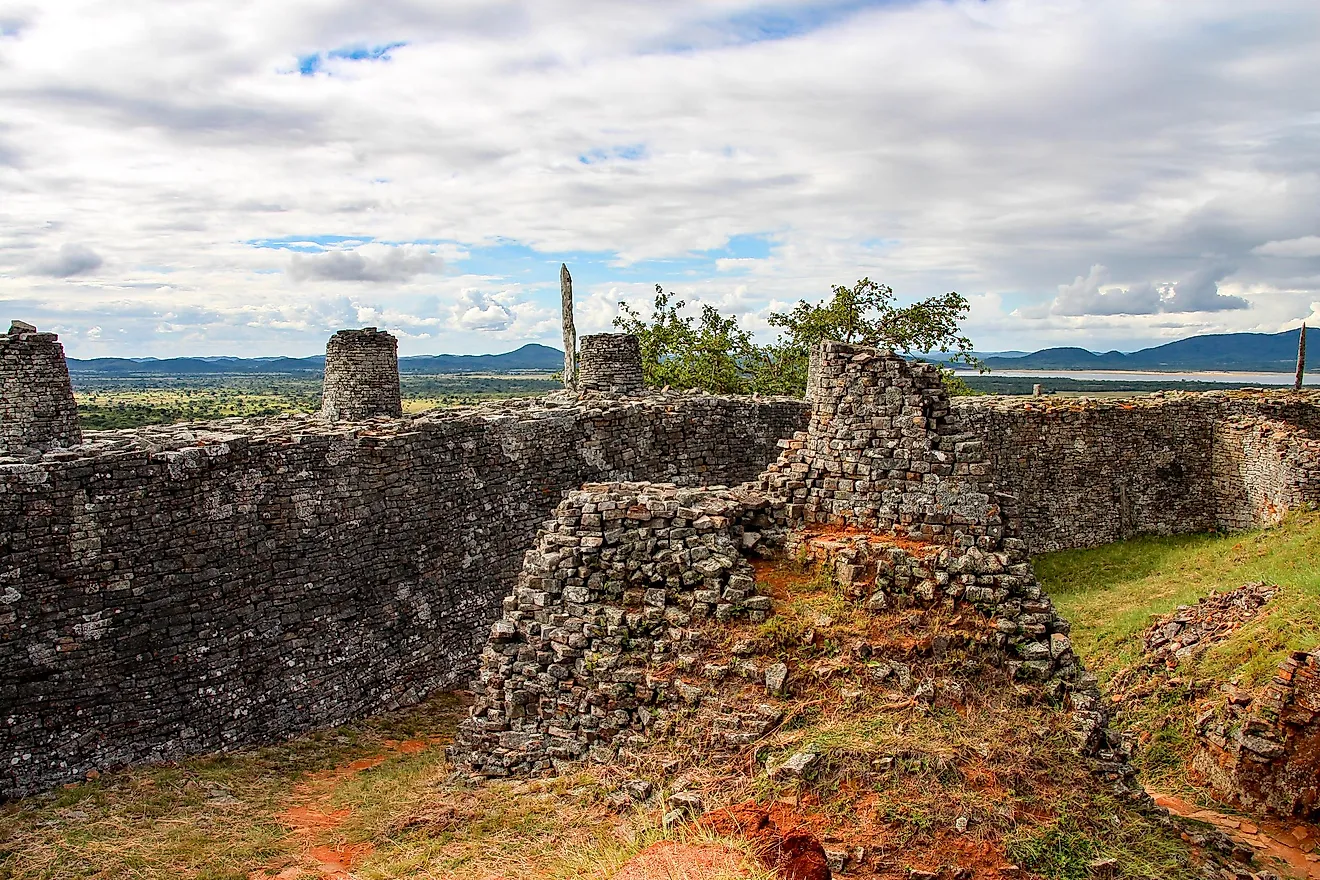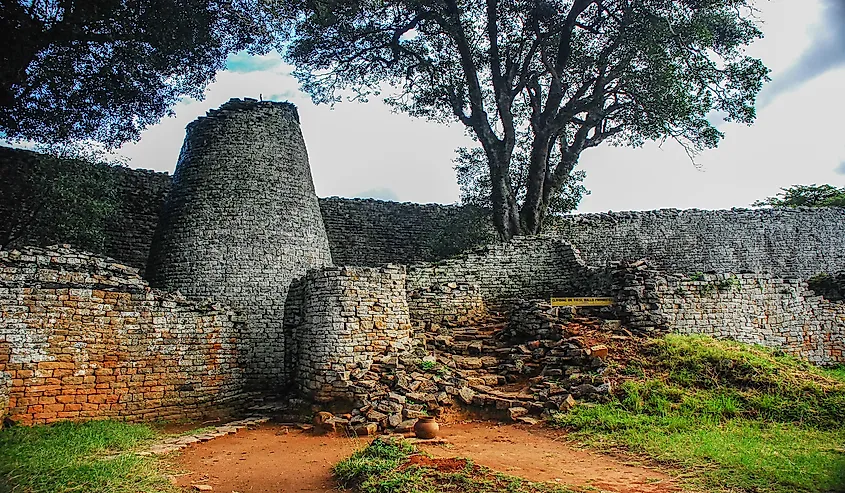What Was Great Zimbabwe?

Great Zimbabwe was a city that served as the capital of the Kingdom of Zimbabwe during its Late Iron Age. While the region had been inhabited since the 4th century, the city was built in the 11th century and was later abandoned in the 15th century. The city's ruins are located in what is now southeastern Zimbabwe, near the city of Masvingo and Lake Mutirikwe. Great Zimbabwe occupied an area of about 2.79 sq miles and had a population of approximately 18,000 people. The stone city also functioned as the seat of Great Zimbabwe’s political power and contained the royal palace. The city's historical structures were built by the ancestors of the Shona people, and featured high walls that were built without mortar.

Most researchers believe that Great Zimbabwe was built by the Gokomere, who are ancestors of the present-day Shona people. Construction of the city began in the eleventh century and lasted for more than 3 centuries. The ruins of Great Zimbabwe are the largest and the second-oldest in the region, after Mapungubwe. Great Zimbabwe’s biggest structure, the Great Enclosure, had walls that were 36 ft high and extended for more than 820 ft. According to Zimbabwean historian David Beach, the Kingdom of Zimbabwe prospered between 1200 and 1500, and its growth is linked to the decline of Mapungubwe in 1300. The growth of Great Zimbabwe is also attributed to the presence of gold in the region.
Great Zimbabwe’s ruins feature three distinct architectural groups: the Hill Complex, the Valley Complex, and the Great-Enclosure. The oldest part of the city was the Hill Complex, which was used between the ninth and thirteenth centuries. The Hill complex has various unique features, including the Eastern Enclosure and huge boulder that is similar in shape to the Zimbabwe Bird. While the city's population is typically estimated at 18,000, more recent estimates suggest that its population might actually have been less than 10,000.
Discovery Of Great Zimbabwe's Ruins
Antonio Fernandes, who was the first European to tour the region between 1513 and 1515, visited present-day Zimbabwe but did not mention the city's ruins in his report. However, some traders heard about Great Zimbabwe, which existed during the early sixteenth century. Diogo Alcacova described the ruins to the King of Portugal in a letter written in 1506, claiming that it was part of the kingdom of Ucalanga. German-American hunter and trader Adam Render rediscovered the ruins in 1867 during a hunting trip, and showed them to German explorer Karl Mauch in 1871. Mauch suggested the city was built to replicate the Queen of Sheba's palace in Jerusalem.
British archaeologist David Randall-Maclver conducted the first excavation of Great Zimbabwe from 1905 to 1906. Randall-Maclver discovered various objects that he claimed were of Bantu origin, but some of his claims were not accepted by the archaeology community. British archaeologist Gertrude Canton-Thompson conducted a 12-day excavation of the area in 1929, and confirmed many of Randall-MacIver's findings, specifically that the city was built was by the Bantu people. Based on her findings, anthropology, oral tradition, and pottery found in the region, various archeologists concluded that the builders spoke one of the Shona languages.











